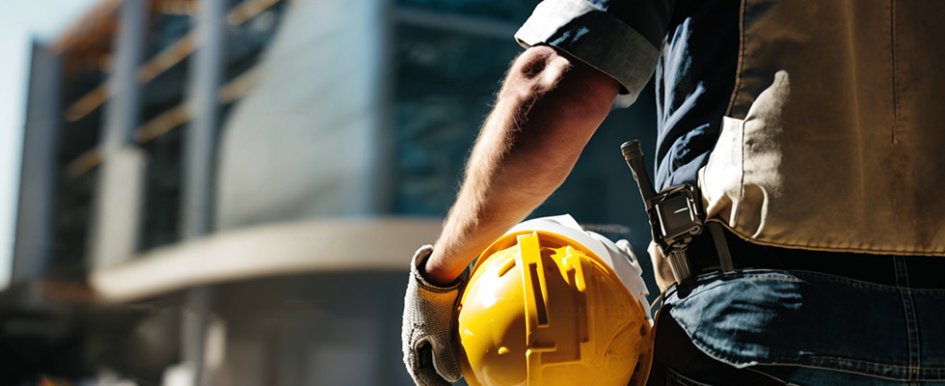
Over the course of a century, the construction industry has become synonymous with the sight of workers proudly donning brightly hued hard hats. Serving as an iconic representation of the industry itself, these hard hats have come to symbolize a rite of passage for new entrants into the field of construction. However, this traditional jobsite staple is on the brink of transformation as more construction firms across the country are choosing safety helmets as superior alternatives to hard hats.
The adoption of safety helmets effectively addresses the pressing issue of head injuries in the construction industry. By providing a new level of protection that further reduces the risk of such injuries, firms can shield their workforce from potentially devastating impacts. By reducing the likelihood of head injuries, safety helmets improve the physical well-being of workers and nurture a jobsite culture of safety. When general contractors are ensuring workers are in the safest possible environment, workers are able to allocate their valuable time toward their work.
As you weigh the costs and benefits of the transition from hard hats to safety helmets at your firm, the following are three things to consider.
1. Safeguarding Against Traumatic Head Injuries
With traumatic brain injuries accounting for nearly 25% of all construction fatalities, according to the Centers for Disease Control (CDC), headgear that provides adequate protection against slips and falls is a crucial responsibility for safety teams. The introduction of chin-strapped safety helmets, with an additional foam layer between the strap and shell, offer more protection than the basic hard-hat designs. Most traditional hard hats only offer a Type 1 level of protection (specified by the American National Standards Institute), while helmets are designed to protect workers from falling objects and impacts to the top of the head, with much greater defense against impacts to the front, back and sides of the head. According to the CDC, safety helmets decrease the likelihood of serious head injuries by 30%.
2. Leveraging Safety Innovations
Construction tends to have an “If it isn’t broken, don’t fix it” mentality when it comes to change, whether through leveraging new forms of technology, incorporating new software or upgrading personal protective equipment (PPE). While safety-oriented technological advancements in construction have typically trended up more slowly than in other industries, the last decade has seen significant strides toward fostering a strong, data-driven safety culture.
On the project site of McCarthy Building Companies Inc.’s new Poultry Science Complex project at the University of Georgia in Athens, Georgia, and the expansion project at Piedmont Cartersville Medical Center in Cartersville, Georgia, for example, the pivot to safety helmets has had a positive impact on incident rates, which have remained well below national averages during construction.
3. Cultivating an “All-In” Approach
Establishing and committing to a culture of safety should always be prioritized, regardless of the investment cost. While safety helmets may initially carry a higher price tag than hard hats (approximately three times higher), the long-term cost savings they offer helps to lessen some of the sticker shock. More than that, one cannot estimate the price of permanently altering someone’s life after a fall that causes a brain injury.
As helmets gain traction and become the preferred safety method on construction sites, the surge in demand opens new possibilities for mass production. This downward trend in manufacturing expenses has the potential to make safety helmets more accessible to a wider range of construction firms and workers, bridging the gap between safety and affordability. Making these safety changes financially manageable is crucial in expanding the presence of helmets in our industry.
An emphasis on safety should be deeply rooted in every partner you work with, beginning with orientation and continuing every day after. Diligently monitor overall project incident data, as using comprehensive reporting will keep employees and partners safe on the job. A sound safety culture that encompasses every worker and every project directly correlates with improved overall protection, productivity and profitability.
A proactive stance on safety serves as a catalyst for change that can also inspire other construction firms to embrace this critical evolution in safety and further protect the workers who are building the future.
